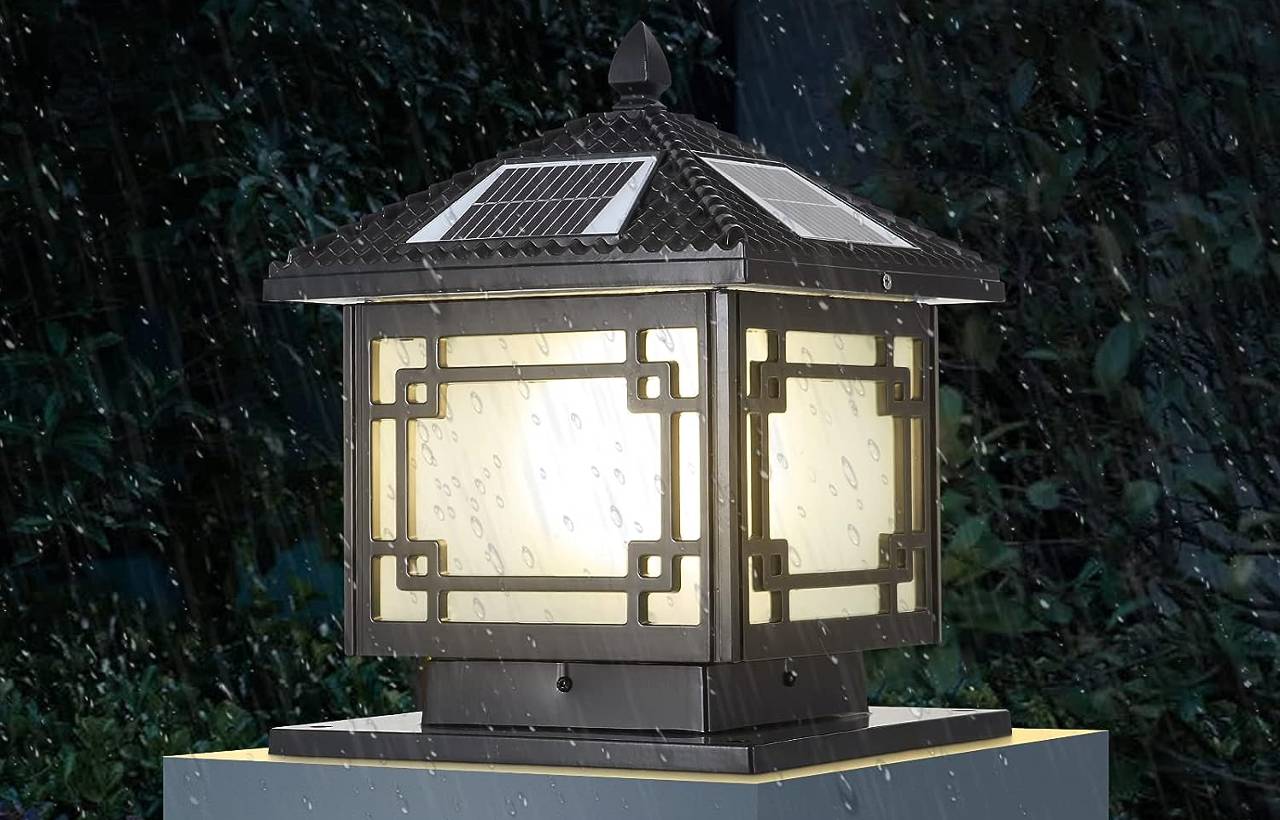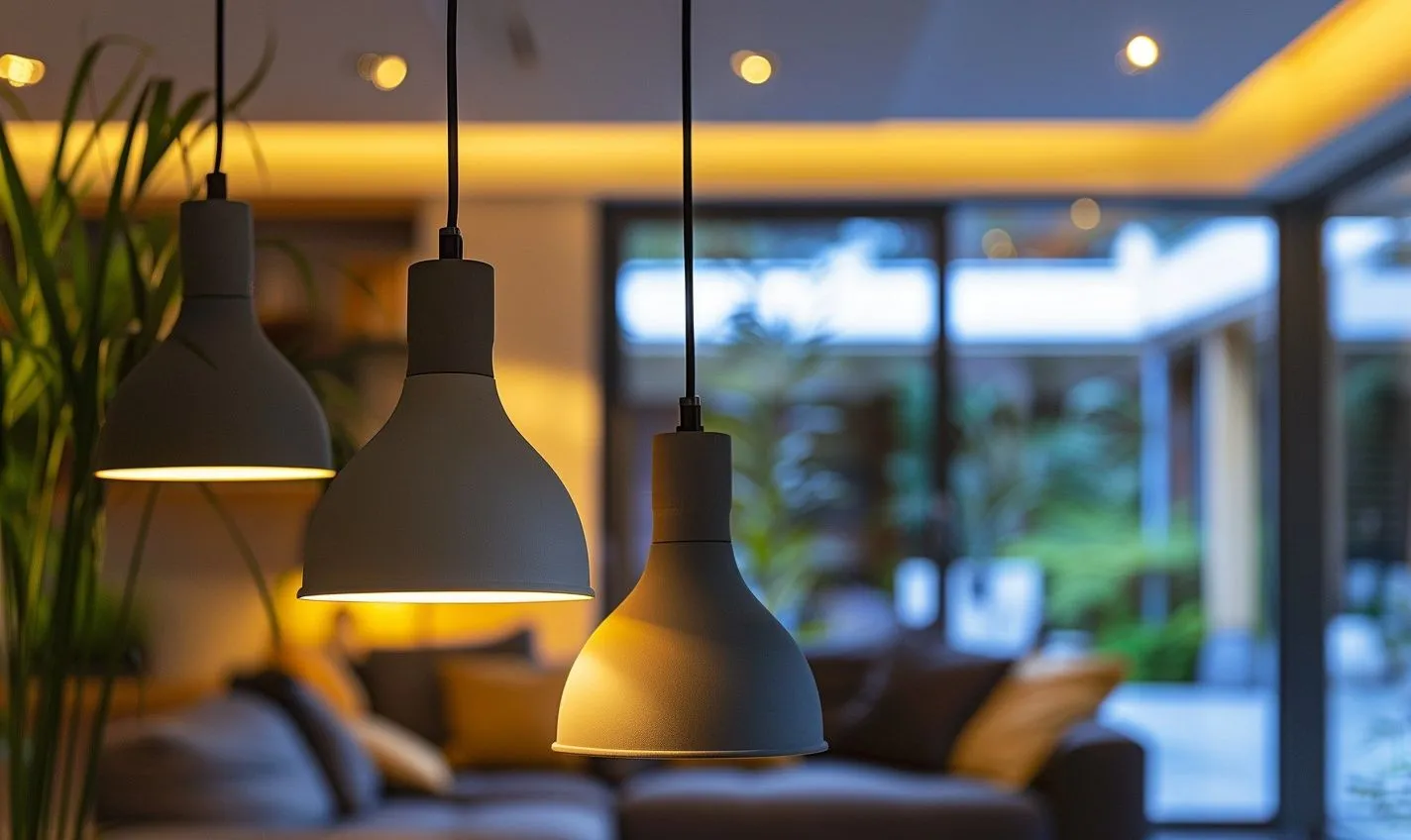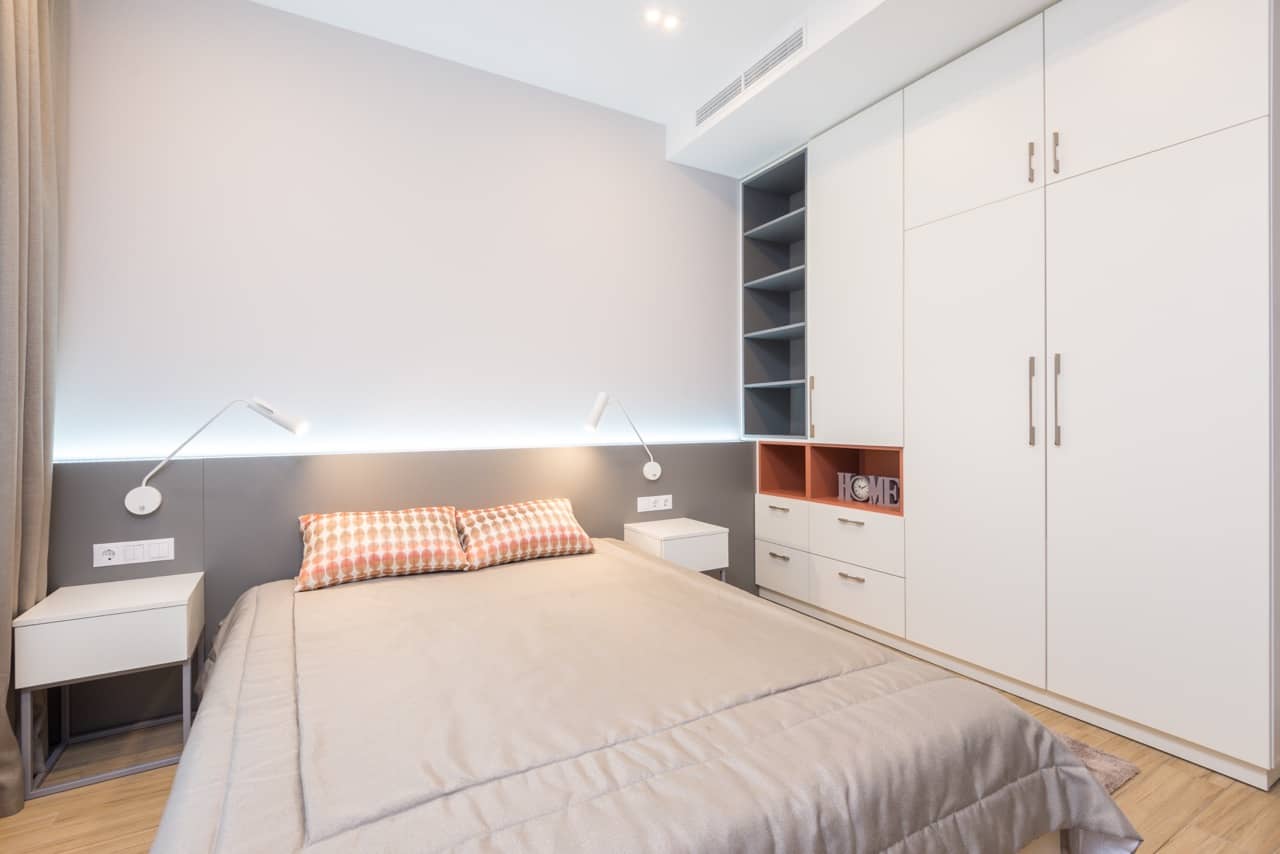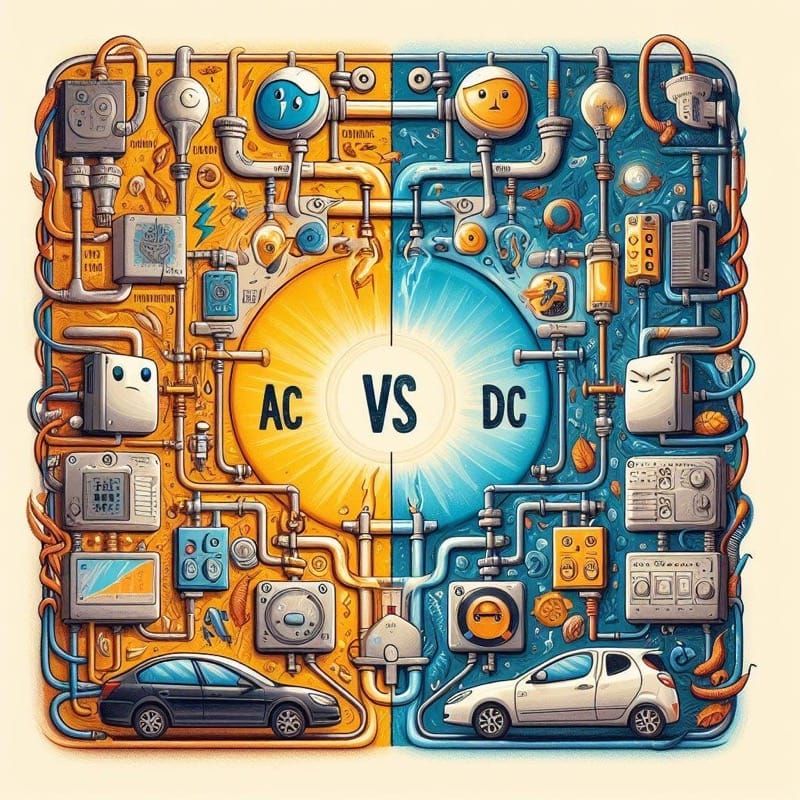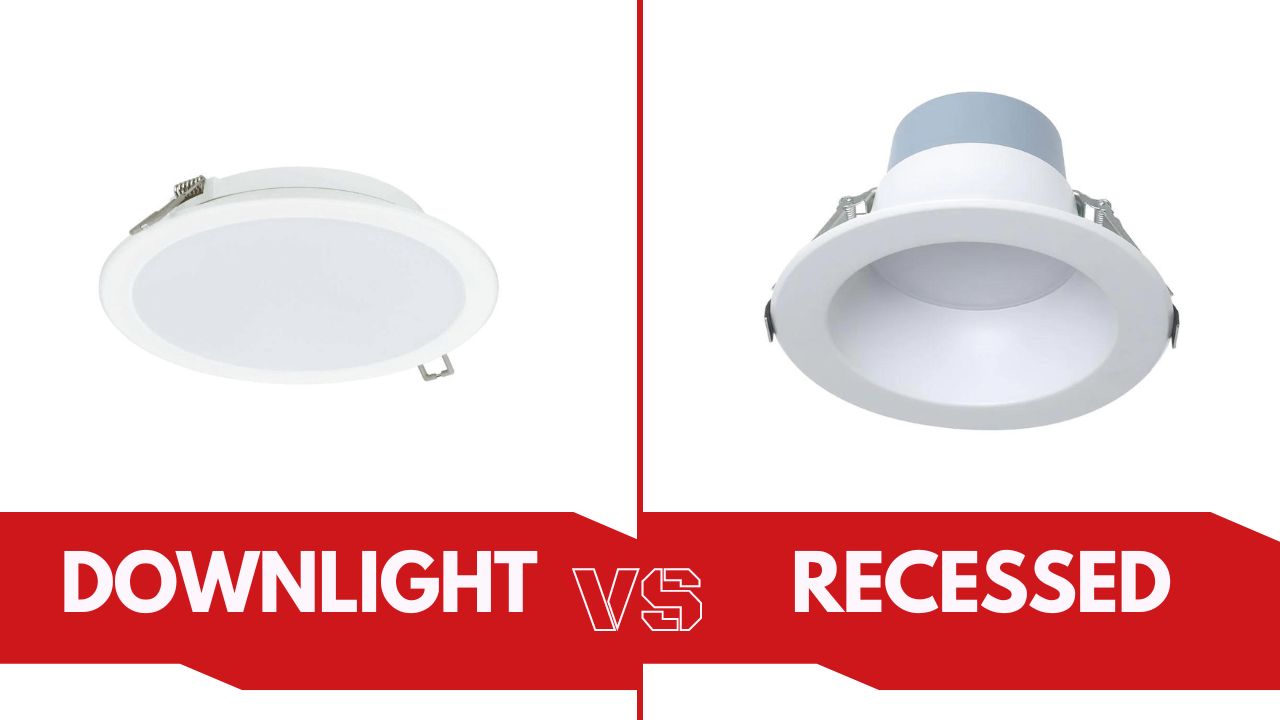LED (Light Emitting Diode) lighting has become increasingly popular in recent years due to its energy efficiency, long lifespan, and versatility. LED lights are a significant advancement in lighting technology, offering various applications in both residential and commercial settings. However, when it comes to outdoor or water-related environments, it becomes crucial to consider the weatherproof and waterproof features of LED lights.
Definition of LED (Light Emitting Diode)
Before delving into the importance of weatherproof and waterproof features in LED lighting, it is essential to understand what an LED actually is. An LED is a semiconductor device that emits light when an electrical current passes through it. Unlike traditional incandescent bulbs that rely on heat to produce light, LEDs produce light through electroluminescence using a much more efficient process.
LEDs offer numerous advantages over traditional lighting sources such as compact size, low power consumption, high brightness output, and the ability to produce vibrant colors. These qualities make LEDs an ideal choice for various applications ranging from general illumination to specialty lighting requirements.
Importance of Weatherproof and Waterproof Features in LED Lighting
When considering outdoor or water-related environments for LED lighting installations, the importance of weatherproof and waterproof features cannot be overstated. Weather conditions like rain, snow, extreme temperatures, humidity levels can significantly impact the performance and longevity of LED lights.
Weatherproofing ensures that LEDs installed outdoors are protected against moisture ingress from rain or snowfall while also shielding them from dust particles present in the environment. It involves encasing the LEDs within a durable housing made from materials such as aluminum or polycarbonate that can withstand harsh weather conditions.
Waterproofing takes things a step further by allowing LEDs to function correctly even when fully submerged underwater. This feature makes them suitable for swimming pools, fountains, aquariums, boats, and other marine applications where direct contact with water is expected.
Purpose of the Outline: To Explore the Differences Between Weatherproof and Waterproof LED Lights
The purpose of this outline is to dive deeper into the differences between weatherproof and waterproof LED lights, providing a comprehensive understanding of their distinct features, applications, and advantages. By exploring these differences, we can make informed decisions when it comes to selecting the most appropriate type of LED lighting for specific environments.
In subsequent sections, we will discuss in detail various aspects related to weatherproof LEDs such as their characteristics and applications. We will also explore the specialized features of waterproof LEDs, including their ability to withstand submersion in water.
Additionally, we will compare and contrast these two types of LED lights while highlighting their significance in different contexts. By thoroughly examining weatherproof and waterproof LED lights, readers will gain valuable insights into choosing the right lighting solutions for outdoor areas exposed to diverse weather conditions or environments where water resistance is crucial.
Overview of Weatherproof LED Lights
Definition and Characteristics of Weatherproof LEDs
Weatherproof LED lights are specifically designed to withstand a range of weather conditions, making them ideal for outdoor use. These lights are built to endure environmental elements such as rain, snow, and extreme temperatures without succumbing to damage or malfunctioning.
One of the key features of weatherproof LEDs is their protective housing, which acts as a barrier against water ingress. This housing is often made from durable materials like aluminum or polycarbonate that can withstand the rigors of outdoor environments.
To ensure their resistance to moisture and dust, weatherproof LEDs are typically assigned an IP (Ingress Protection) rating. The IP rating classifies the level of protection provided by an electrical enclosure against these external factors.
For example, an IP65-rated LED would be completely protected against dust and resistant to low-pressure water jets from any direction. On the other hand, an IP67-rated LED would be even more resilient, capable of withstanding temporary immersion in water up to one meter deep for a limited time.
Applications of Weatherproof LEDs
The versatility and durability of weatherproof LEDs make them suitable for various applications in outdoor settings. One common use is in outdoor lighting fixtures for gardens, patios, driveways, and pathways. These fixtures provide ample illumination while withstanding exposure to rain showers or heavy snowfall.
Weatherproof LEDs also find application in signage boards used by commercial establishments that face the elements daily. By utilizing weather-resistant materials and sealing techniques combined with bright LED lighting technology, these signs remain visible even during adverse weather conditions.
Furthermore, automotive industry manufacturers incorporate weatherproof LEDs into exterior lighting systems such as headlights and taillights. These lights not only need to withstand rainstorms but also extreme temperature fluctuations encountered during long drives or harsh winters.
With their ability to endure various weather conditions, weatherproof LED lights provide reliable and long-lasting lighting solutions for both functional and decorative purposes in outdoor environments. Remember to maintain the same writing style and vocabulary when expanding upon these subtopics.
Exploring Waterproof LED Lights
Definition and Characteristics of Waterproof LEDs
Waterproof LEDs are a remarkable innovation in lighting technology, engineered to withstand submersion or exposure to water without suffering any damage or malfunctioning. Unlike their weatherproof counterparts, waterproof LEDs go through rigorous testing and adhere to strict standards to ensure their ability to function flawlessly in challenging aquatic environments.
These LEDs have enhanced sealing mechanisms that prevent water penetration even under high-pressure conditions or prolonged exposure. This advanced sealing technology encompasses not only the exterior housing but also every internal component, creating a tightly sealed unit capable of withstanding the rigors of water-related applications.
Applications of Waterproof LEDs
One prominent application of waterproof LEDs is underwater lighting, which adds mesmerizing ambiance and visual appeal in swimming pools, fountains, and aquariums. In underwater environments, specialized seals and materials are crucial for maintaining the integrity and longevity of LED lights. The use of durable materials like stainless steel fittings and corrosion-resistant plastics ensures that these lights remain impervious to degradation caused by constant immersion in water.
Additionally, specific Ingress Protection (IP) ratings determine the suitability of waterproof LEDs for varying underwater depths, ensuring reliable performance under different pressure conditions. On another note, marine lighting represents another important area where waterproof LEDs shine brightly.
Boats, yachts, and other watercraft endure harsh marine environments characterized by saltwater exposure and rough sea conditions. The corrosive properties of saltwater can severely affect conventional lighting fixtures; however, with saltwater resistance as a fundamental feature of waterproof LEDs, they prove exceptionally reliable for marine lighting applications.
Furthermore, shock resistance becomes an additional consideration due to the relentless vibrations caused by boating on rough seas. Waterproof LED lights are designed with robust shock-absorbing mechanisms that allow them to withstand these demanding conditions while providing effective illumination.
Key Differences Between Weatherproof and Waterproof LEDs
The key distinction between weatherproof and waterproof LEDs lies in their ability to resist water ingress. While both types are designed to withstand environmental challenges, weatherproof LEDs are primarily built to protect against rain, snow, and extreme temperatures.
On the other hand, waterproof LEDs are specifically engineered to be submersible or exposed to water without any adverse effects. In terms of sealing mechanisms, weatherproof LEDs typically feature a protective housing that shields the internal components from external moisture.
However, this level of protection may not be sufficient for prolonged exposure to water or high-pressure conditions. Waterproof LEDs take sealing to a whole new level by incorporating advanced techniques such as silicone gaskets and epoxy seals that create a watertight seal around every component, ensuring complete protection against water infiltration.
While weatherproof LEDs offer adequate resistance against typical weather conditions, waterproof LEDs are designed for more extreme scenarios where submersion or exposure to water is expected. The enhanced sealing mechanisms in waterproof LED lights make them ideal for underwater applications such as swimming pools and fountains, as well as marine environments where saltwater corrosion and shock resistance are essential considerations.
Conclusion
As technology continues to advance in the field of LED lighting, the development of weatherproof and waterproof LED lights has brought significant benefits for various applications. Whether it’s illuminating underwater landscapes with breathtaking beauty or providing reliable lighting solutions for boating enthusiasts navigating challenging waterscapes, these specialized LED lights have revolutionized the way we illuminate our surroundings. With their enhanced sealing mechanisms and robust construction materials, waterproof LED lights have proven their ability to endure even the harshest aquatic environments.
As we embrace these advancements in lighting technology, we can look forward to safer outdoor lighting experiences that withstand nature’s elements with unwavering durability. Remember: When it comes to choosing between weatherproof and waterproof LED lights for your next project or adventure, make sure to carefully consider the specific requirements and environmental conditions to ensure you select the appropriate lighting solution that will provide optimal performance and longevity.

